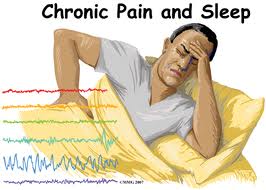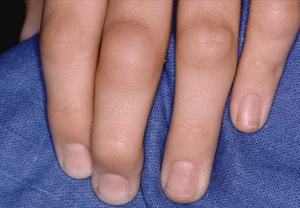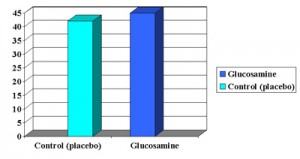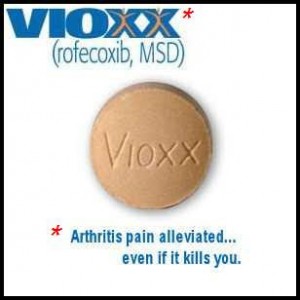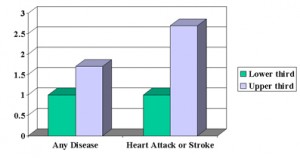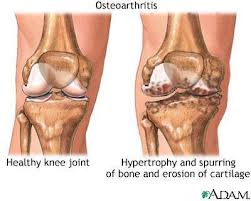This article is about “back pain improves with acupressure”. Generally, lower back pain can be a frustrating condition for patients. In addition, it is a major cause for disability and a source of depression. In particular, for the physician it becomes a vexing problem to find successful therapies. Pain medications and their side effects are often not acceptable for long-term use, and surgery very frequently will not be an option at all.
Additional therapies, which have been frequently used, are chiropractic treatment, massage therapy and physiotherapy. Frequently, the results can vary a great deal depending on the condition. Acupuncture has gained a solid position in the therapeutic approach of back pain, however the modality of acupressure treatment has not received much attention in conservative circles.
Conservative physiotherapy versus acupressure treatment
So far conservative voices could dispute the efficacy of acupressure due to a lack of research data, but new studies are now available coming from the National Taiwan University in Taipeh. Specifically, under the leadership of Professor Tony Hsiu-His Chen and a team of specialists, a randomized controlled trial with 129 patients suffering of chronic low back pain has been conducted. To clarify, the patients received physiotherapy or acupressure for one month as a modality of treatment.
At the end of treatment, the group treated with acupressure showed significantly less disability than the group treated with physiotherapy. The improvement in the disability score of patients treated with acupressure remained at six-month follow up examinations. Pain scores also remained reduced after treatment and at 6-month follow-up in the acupressure group.
These results point to the use of acupressure treatment as a very promising therapy for patients suffering of chronic low back pain.
More information on:
1. back pain: http://nethealthbook.com/arthritis/lower-back-pain/
2. Electro-acupuncture: https://www.askdrray.com/electro-acupuncture-twice-as-effective-as-conventional-acupuncture/
Reference: BMJ 2006; 332:696-700 (25 March, 2006)
Last edited Oct. 31, 2014

